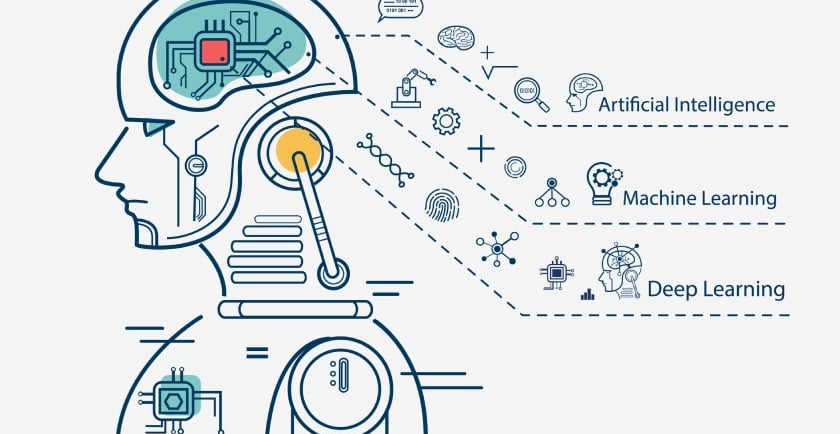How To Become A Machine Learning Engineer
Become An ML Engineer Without Spending A Dime
Lekan Akinsande
2/5/20252 min read


Want to Become a Machine Learning Engineer in 2025? Start Here!
Machine Learning Engineers are the minds behind AI tools like ChatGPT, Claude, DeepSeek, and many other technologies shaping the future. With the rapid growth of AI, breaking into the field of Machine Learning (ML) can seem overwhelming. However, with the right roadmap, you can systematically acquire the skills needed to launch your career.
In this guide, we’ll walk you through a step-by-step approach to becoming a Machine Learning Engineer in 2025.
Step 1: Build Your Foundation
Before diving into ML, you need to develop a strong foundation in programming and mathematics.
Learn Python: Master Python programming along with essential libraries like NumPy, Pandas, and Matplotlib.
Understand Statistics & Probability: These are the backbone of ML. Learn concepts like distributions, hypothesis testing, and Bayesian inference.
🎓 Free Resource: Kaggle Python Course
Step 2: Master Machine Learning Algorithms
Once you have the fundamentals, the next step is to learn core ML algorithms and how they work.
Start with the basics: Regression, classification, and clustering.
Key algorithms to focus on: Decision Trees, Support Vector Machines (SVM), K-Means, and Gradient Boosting.
Work with ML frameworks: Scikit-learn is a great place to start.
🎓 Free Resource: Google ML Crash Course
Step 3: Explore Deep Learning
Deep Learning is a powerful subset of ML that drives advanced AI models.
Learn about Neural Networks: Understand perceptrons, activation functions, and backpropagation.
Study Deep Learning architectures: Convolutional Neural Networks (CNNs), Recurrent Neural Networks (RNNs), and Transformers.
Work with frameworks: TensorFlow and PyTorch are industry standards for Deep Learning.
🎓 Free Resource: DeepLearning.AI
Step 4: Understand Large Language Models (LLMs) & Natural Language Processing (NLP)
With the rise of AI chatbots and language models, understanding NLP is crucial for ML engineers.
Learn about Large Language Models (LLMs): ChatGPT, Bard, and other transformer-based architectures.
Study core NLP techniques: Text embeddings, sentiment analysis, and fine-tuning models.
Experiment with Hugging Face models: This platform provides pre-trained AI models for various NLP tasks.
🎓 Free Resource: Hugging Face Course
🎓 Generative AI with LLMs: DeepLearning.AI Course
Step 5: Work on Real-World Projects
Theory alone won’t make you a Machine Learning Engineer—you need hands-on experience.
Build end-to-end projects: Fraud detection, chatbots, recommendation systems, or predictive models.
Showcase your work: Document your projects and share them on GitHub.
Collaborate on open-source projects: Engage with the ML community and contribute to real-world applications.
🎓 Free Resource: Kaggle Datasets
Step 6: Deploy Your Models
Understanding how to take a model from training to production is a key skill for ML engineers.
Learn about deployment tools: Use Flask, FastAPI, AWS, or Heroku to serve your models.
Optimize for performance: Understand model optimization techniques for scalability and efficiency.
Work with MLOps tools: Explore MLflow, Kubernetes, and Docker for production-ready ML.
🎓 Free Resource: Deploying ML Models - KDNuggets Guide
The Future is AI—Start Your Journey Today!
Machine Learning is one of the most exciting and in-demand fields today. By following this roadmap, you’ll gain the necessary skills to launch your career as an ML Engineer in 2025.
